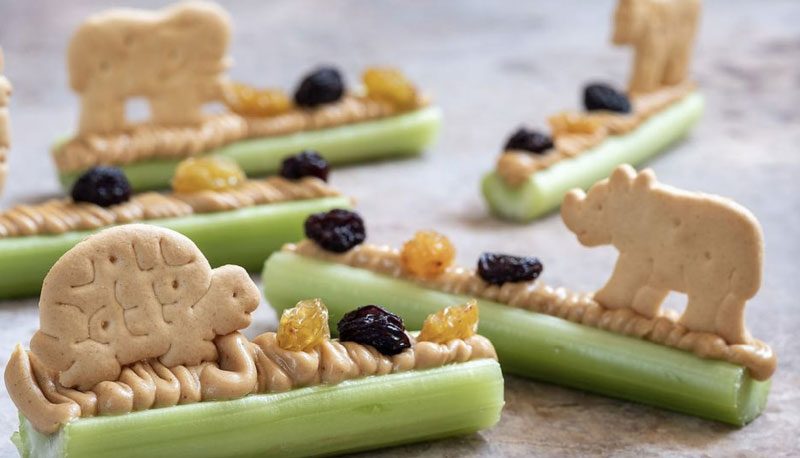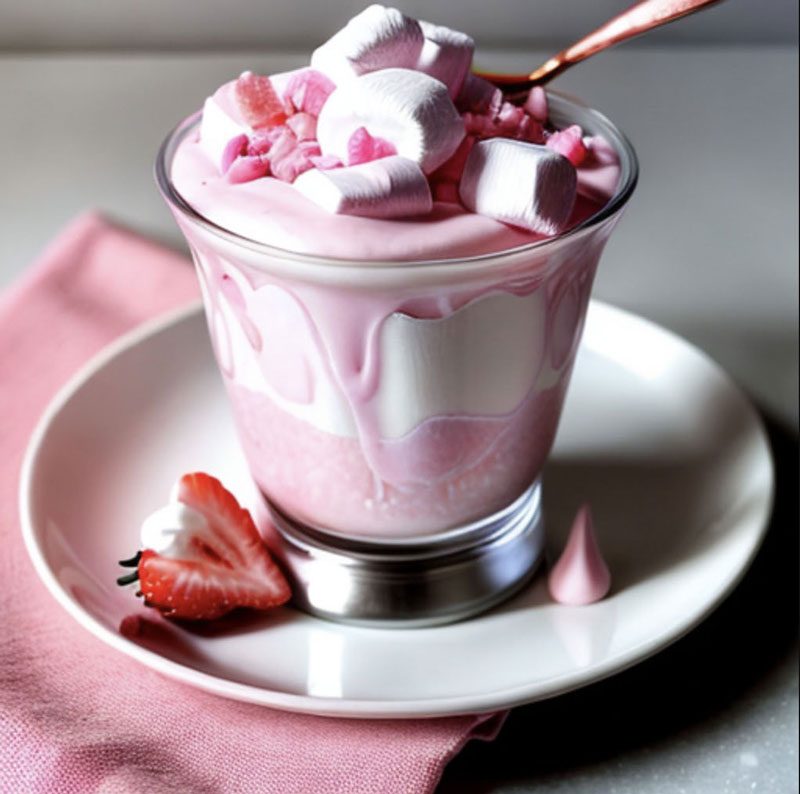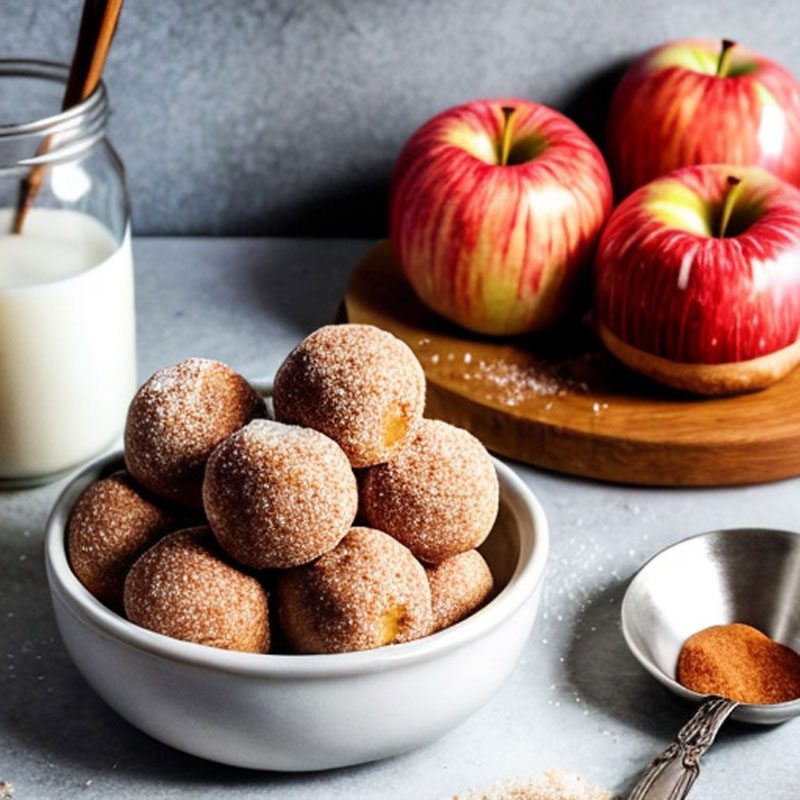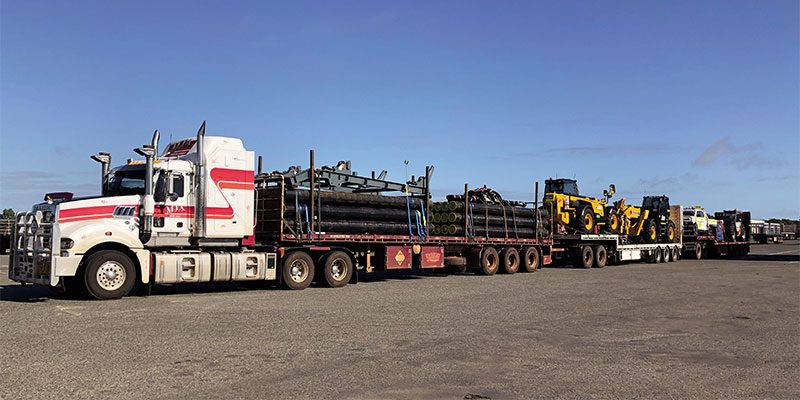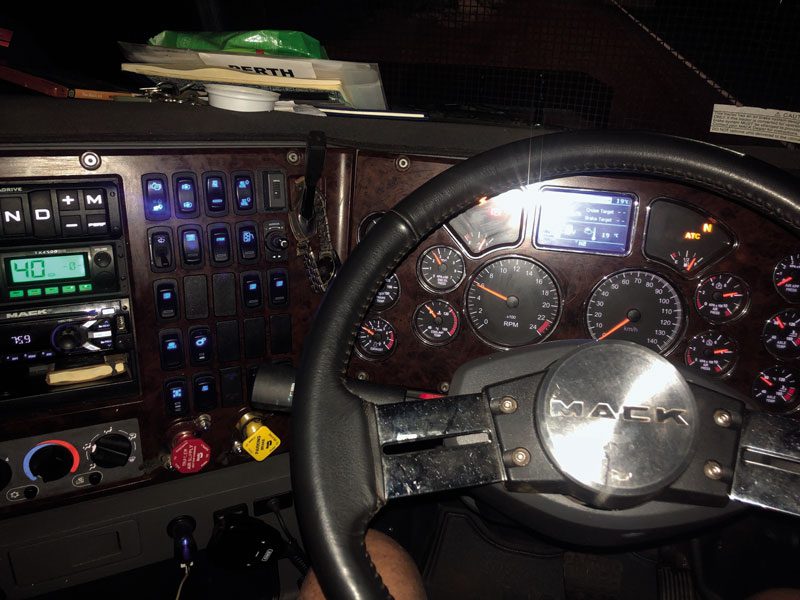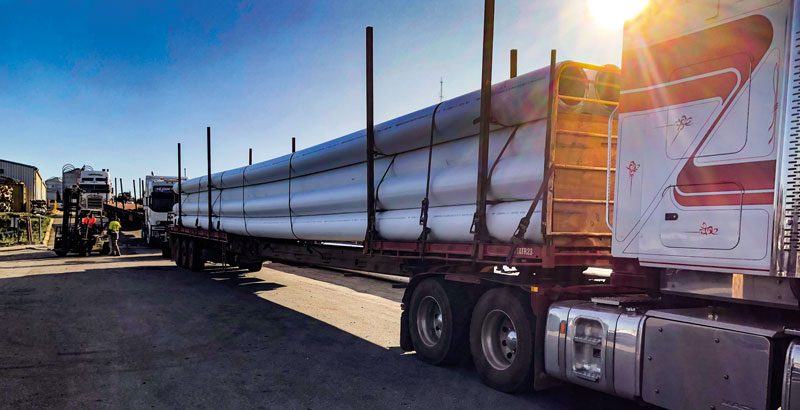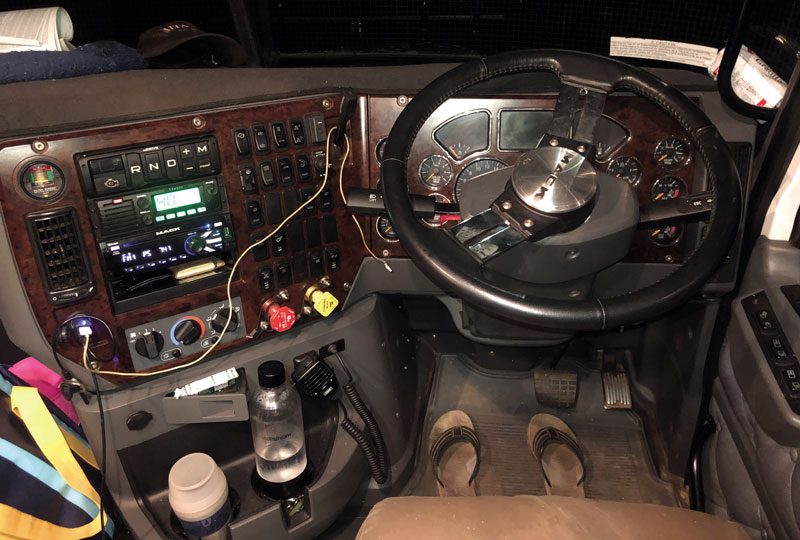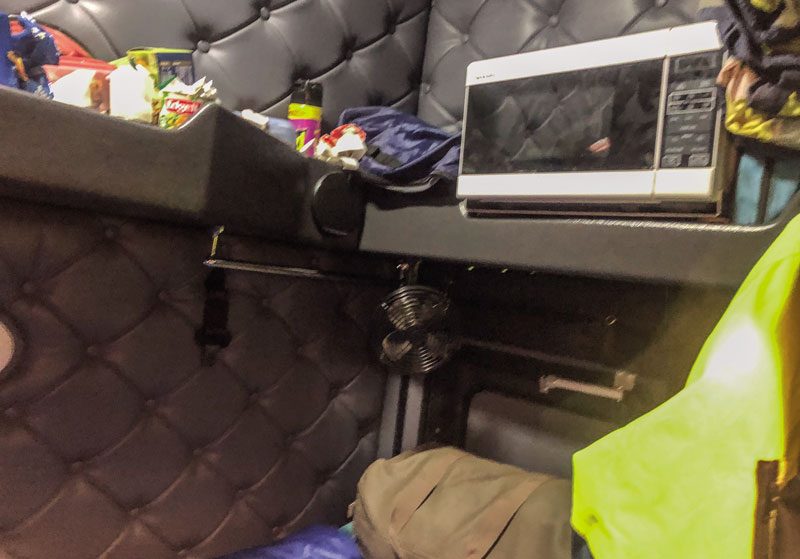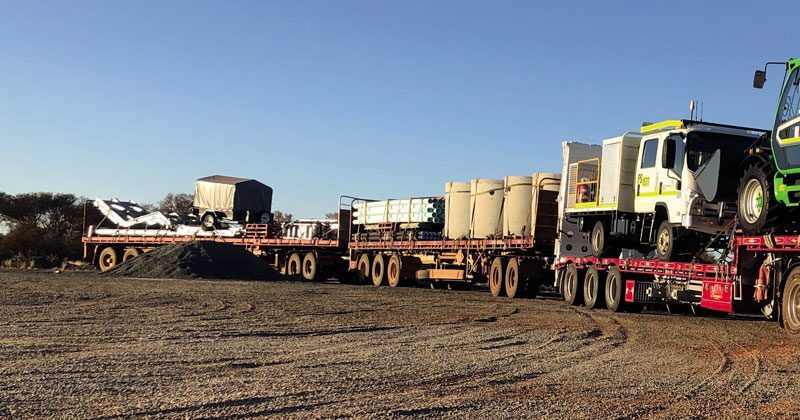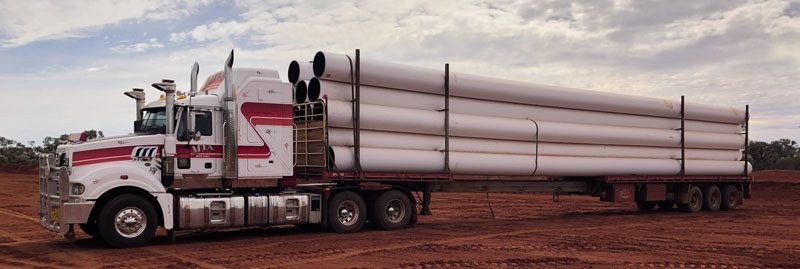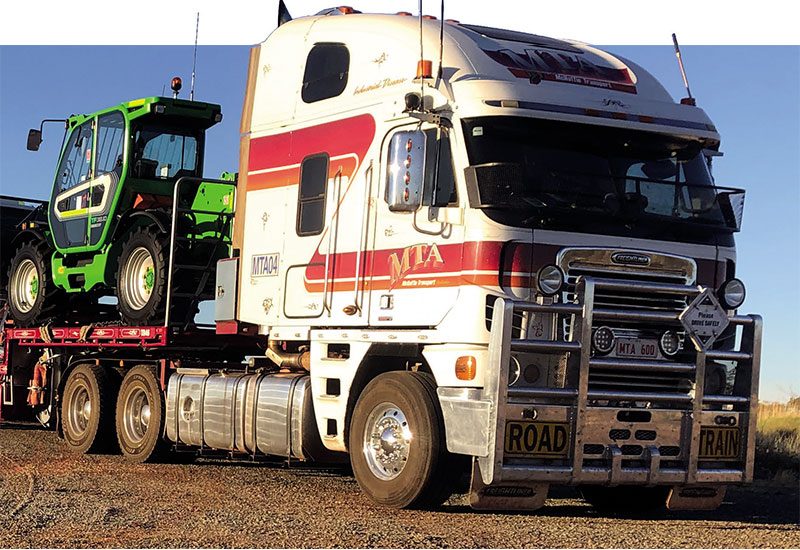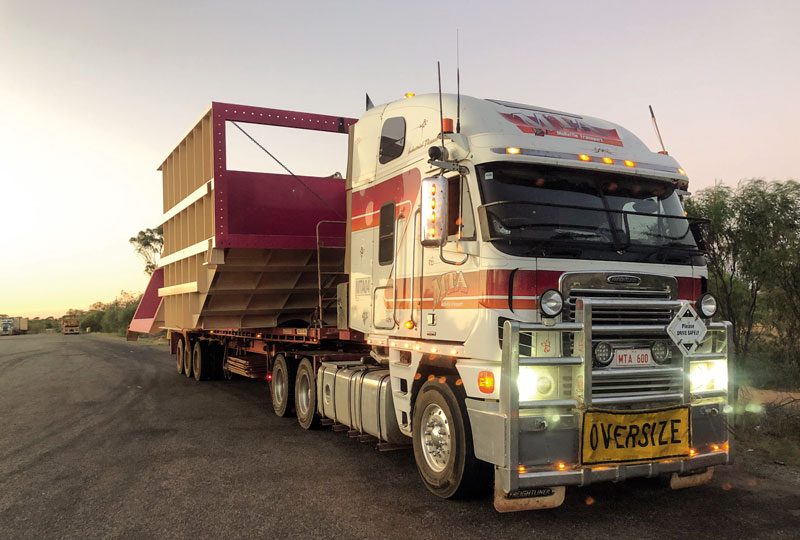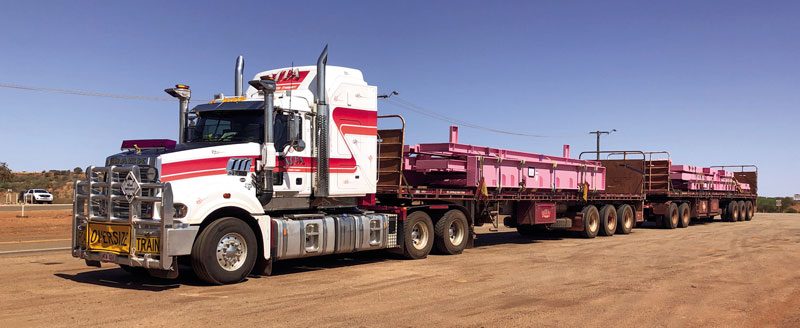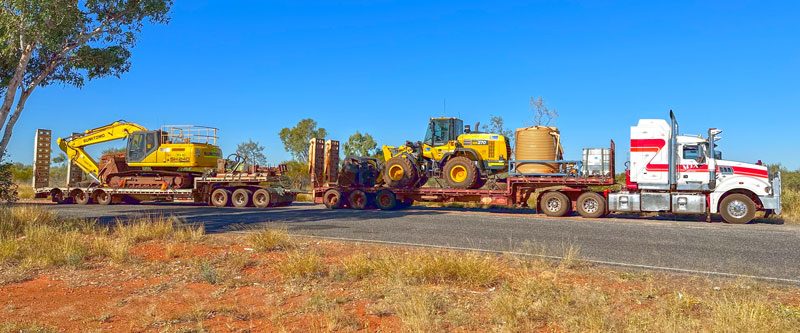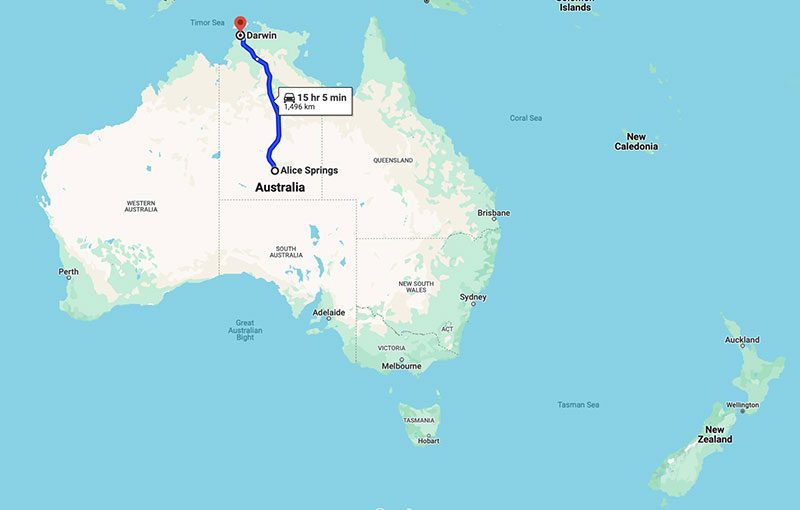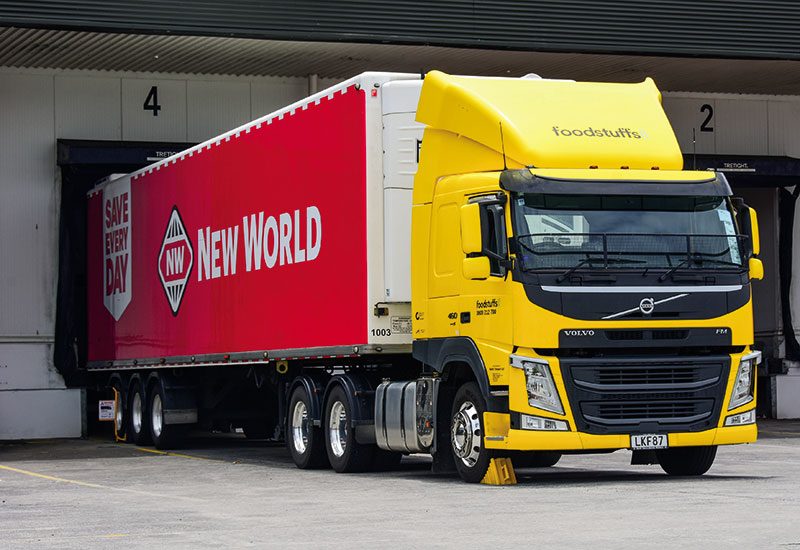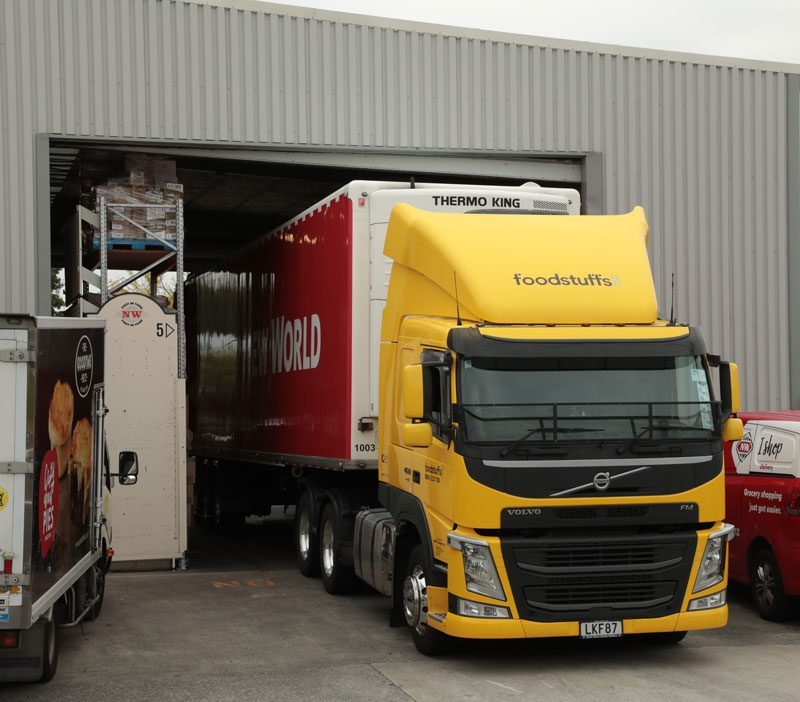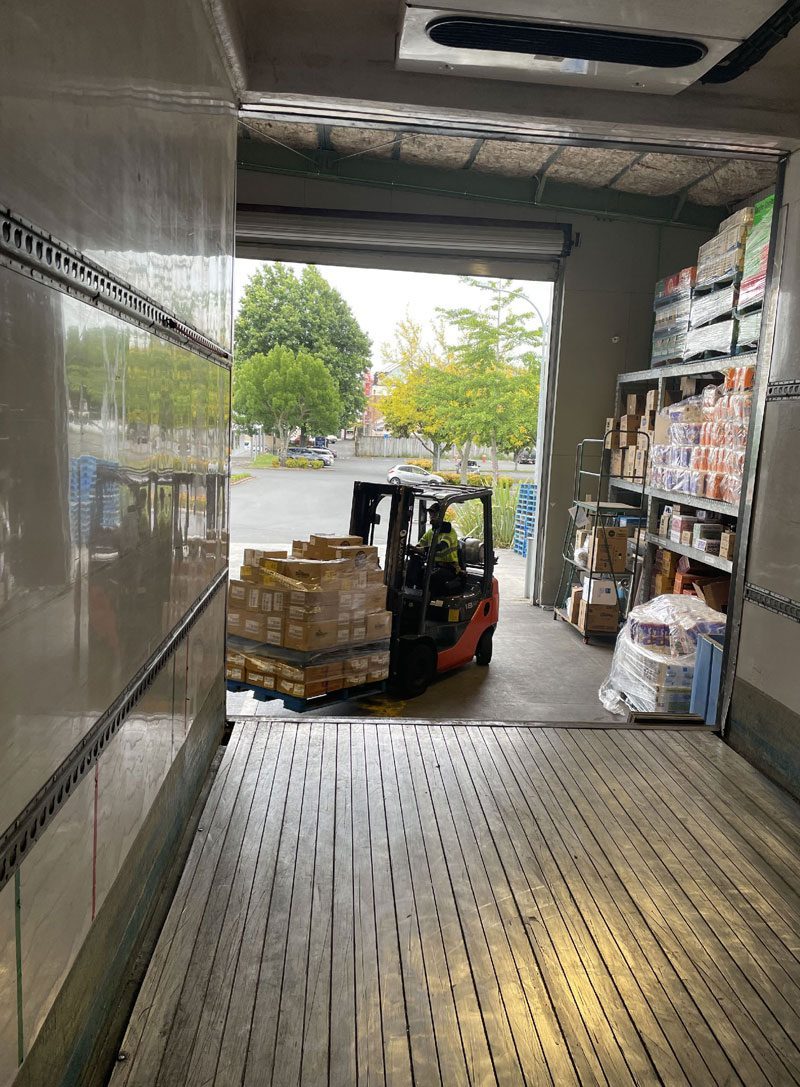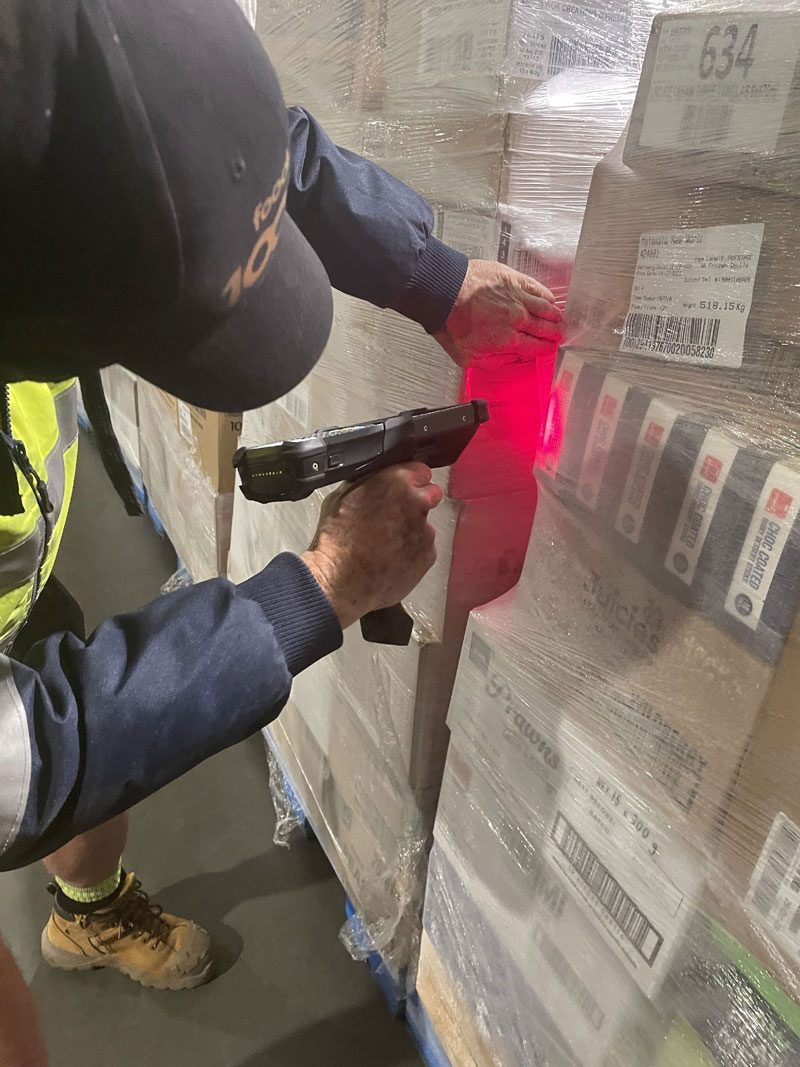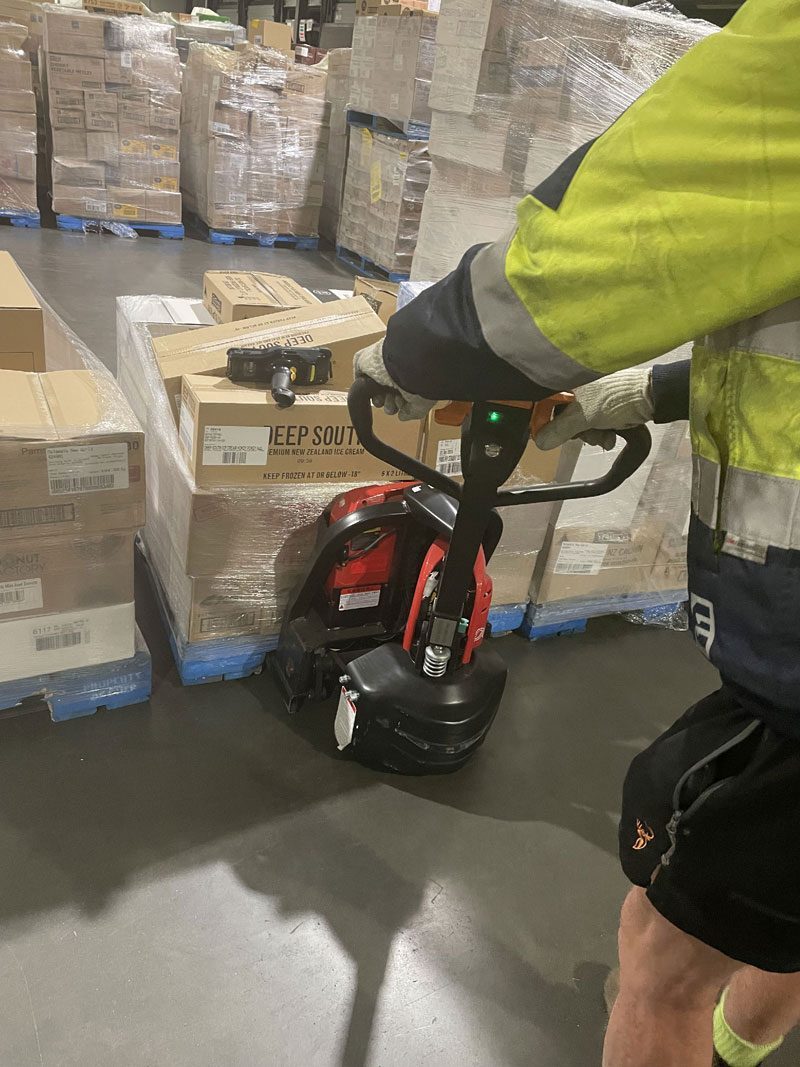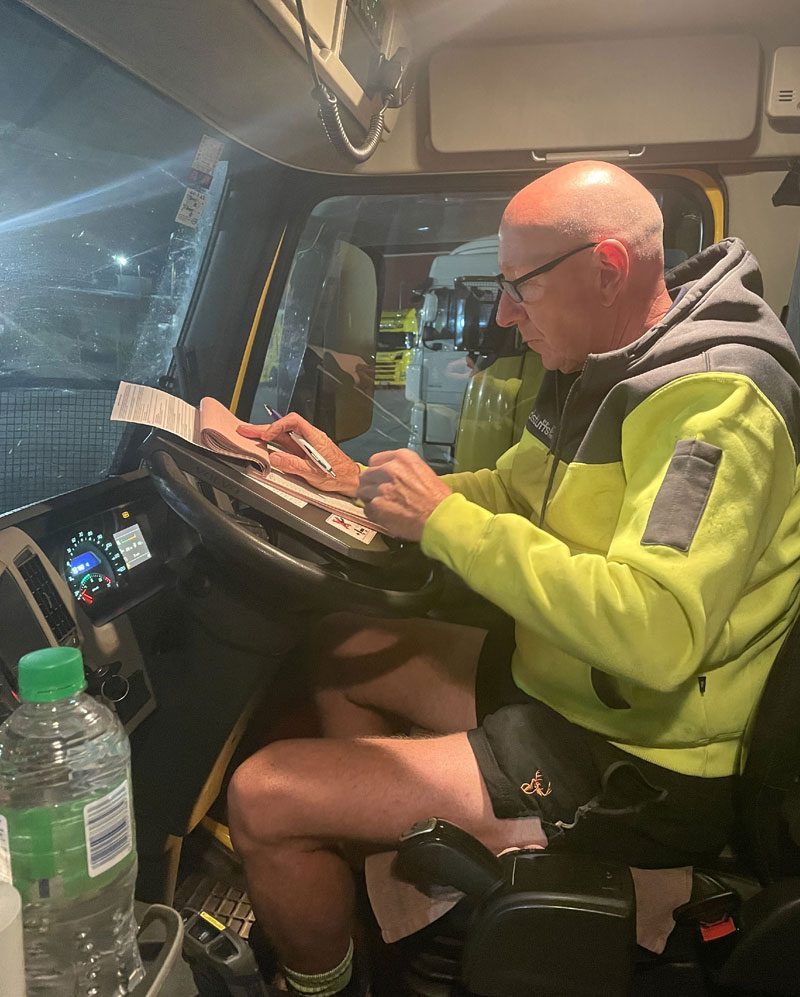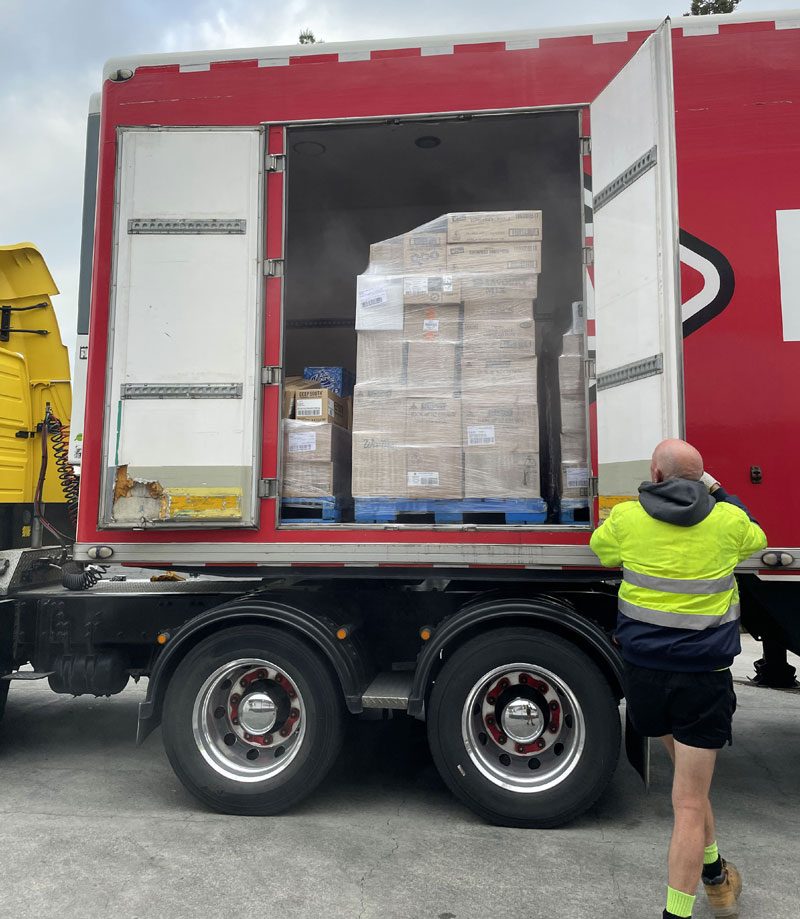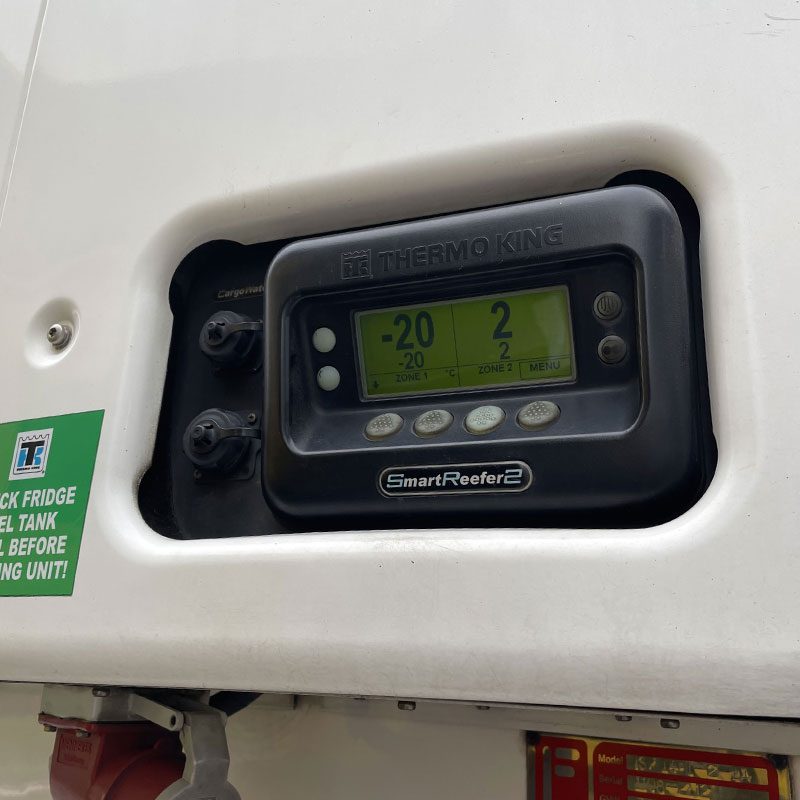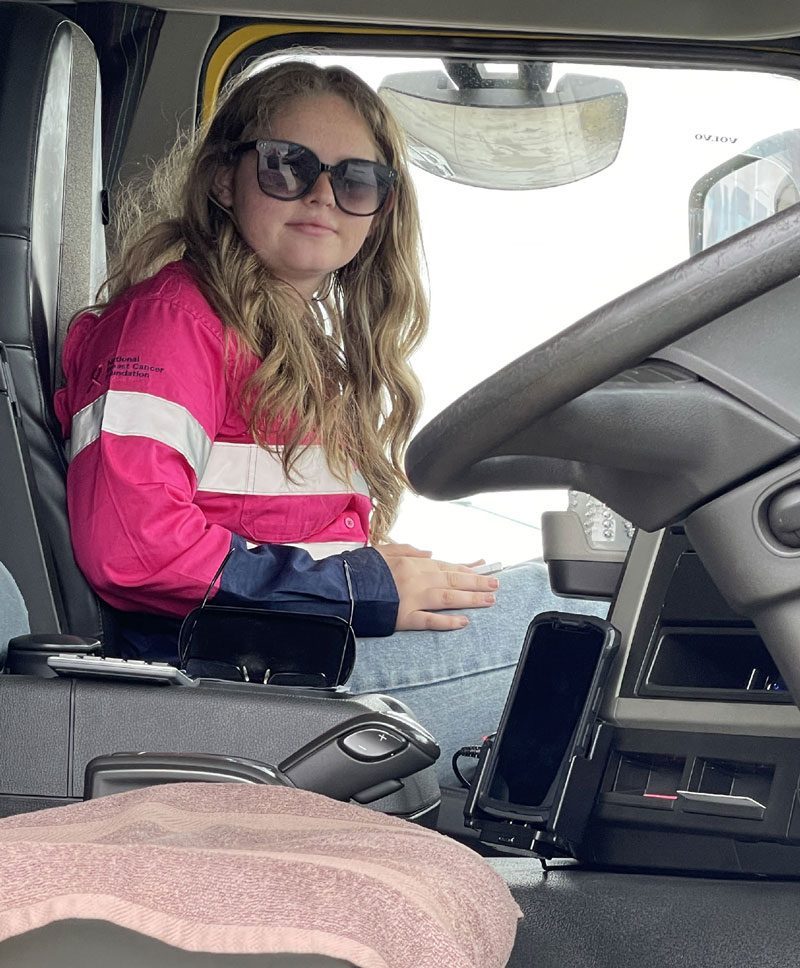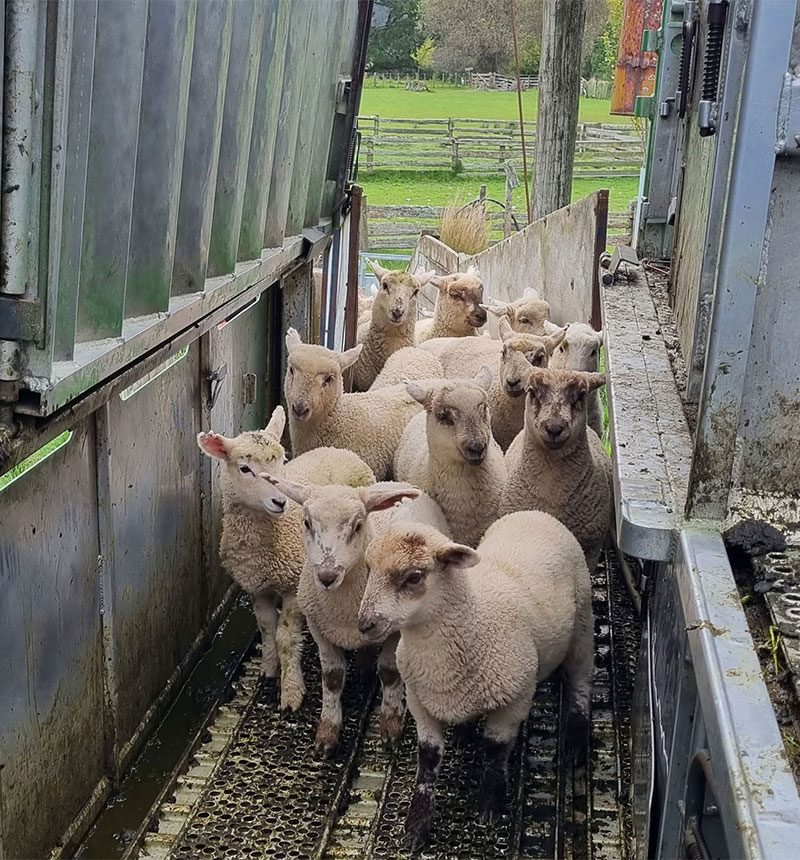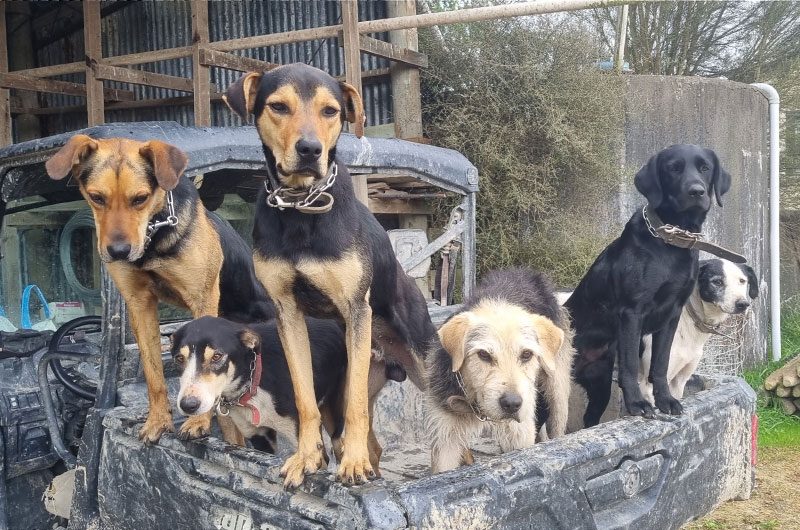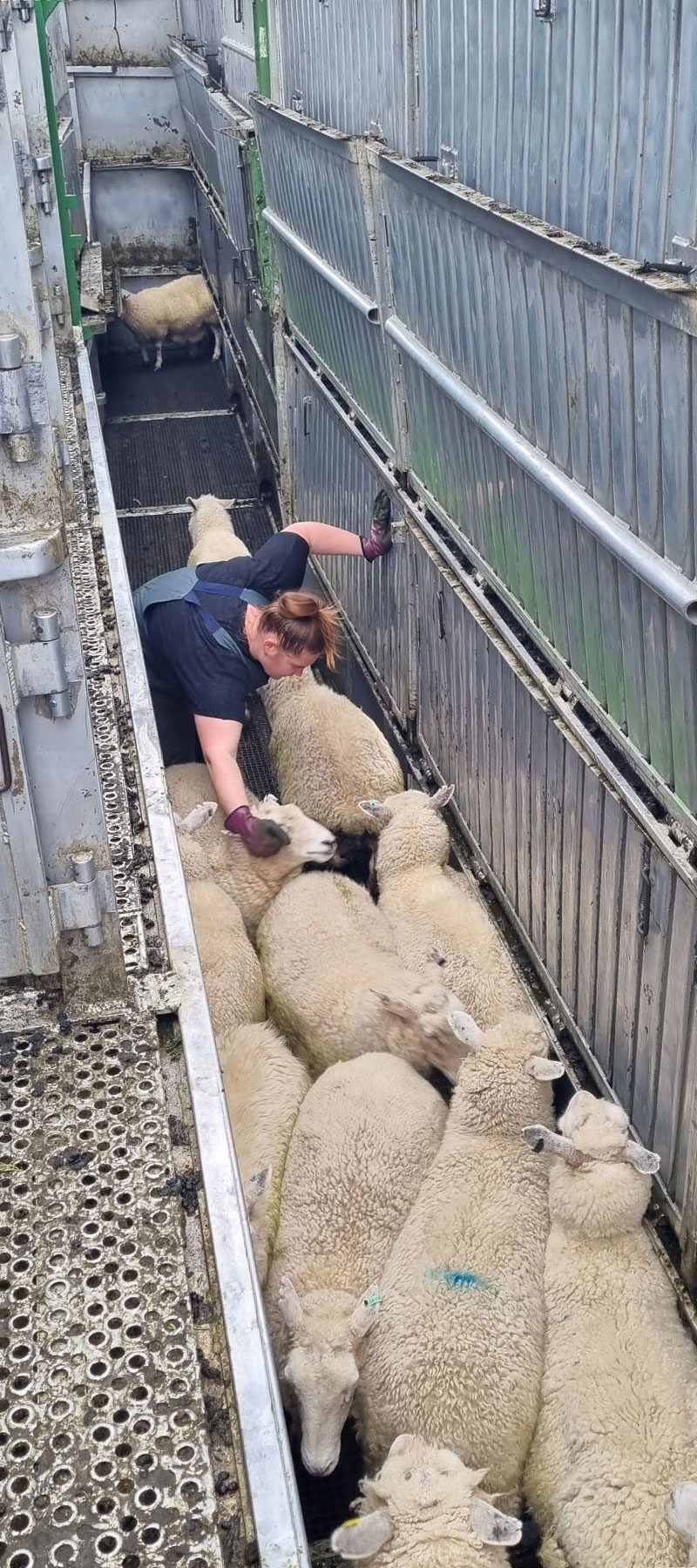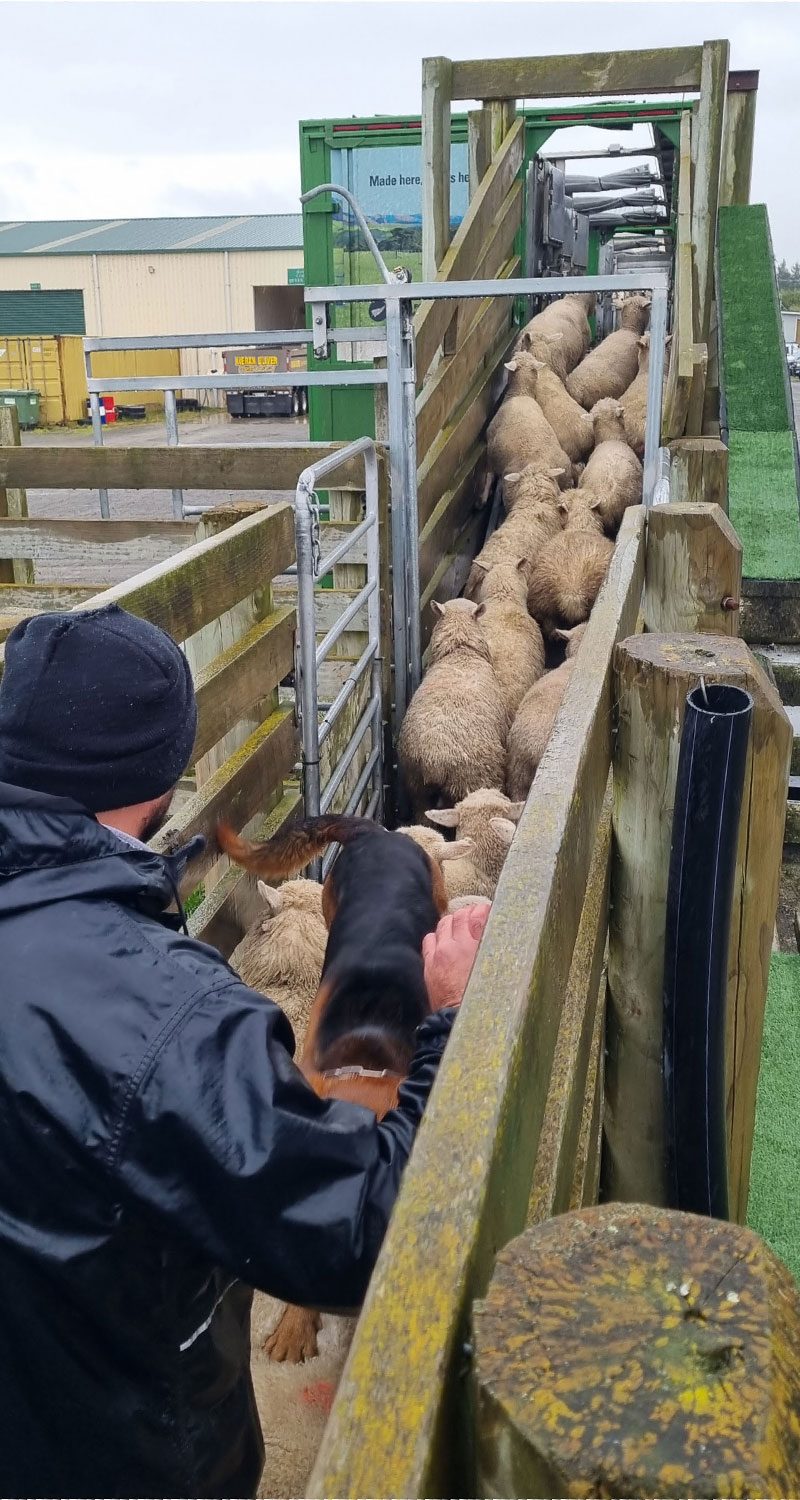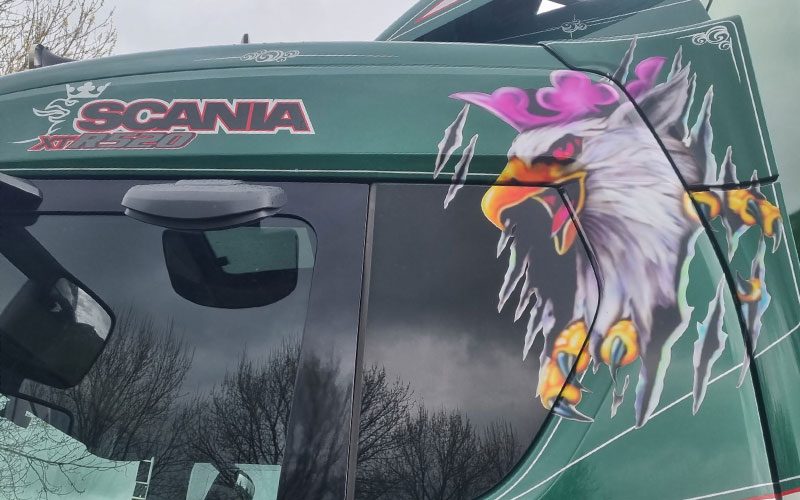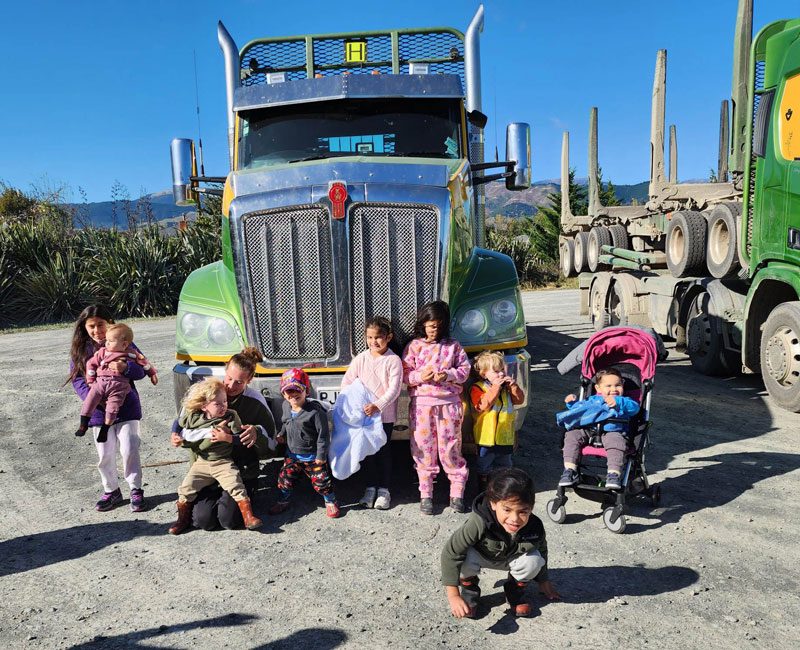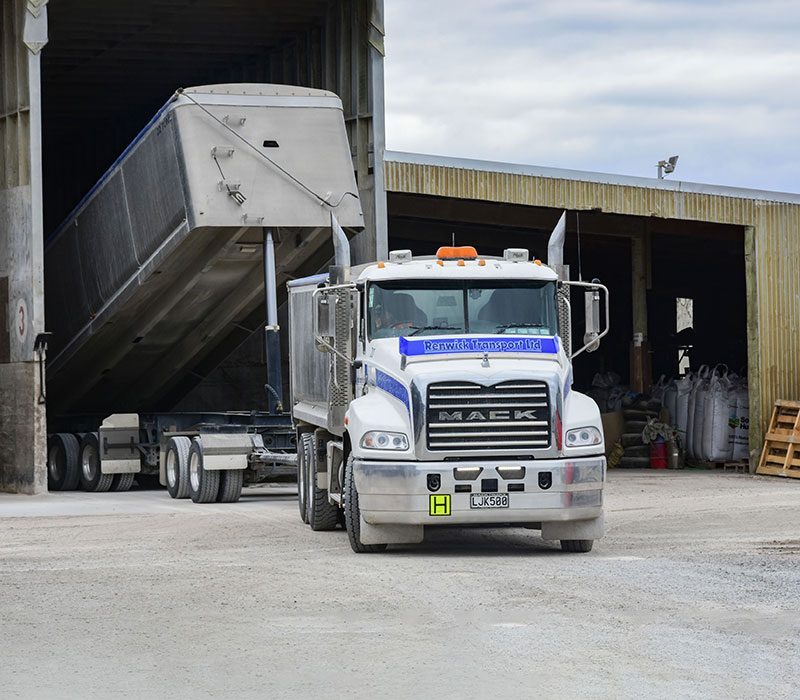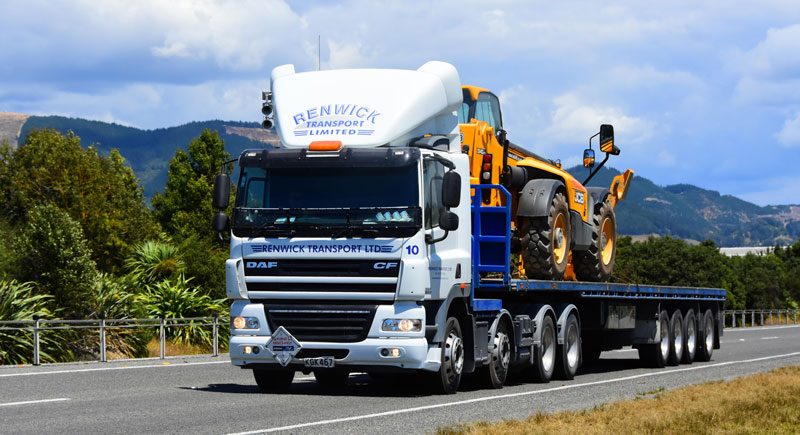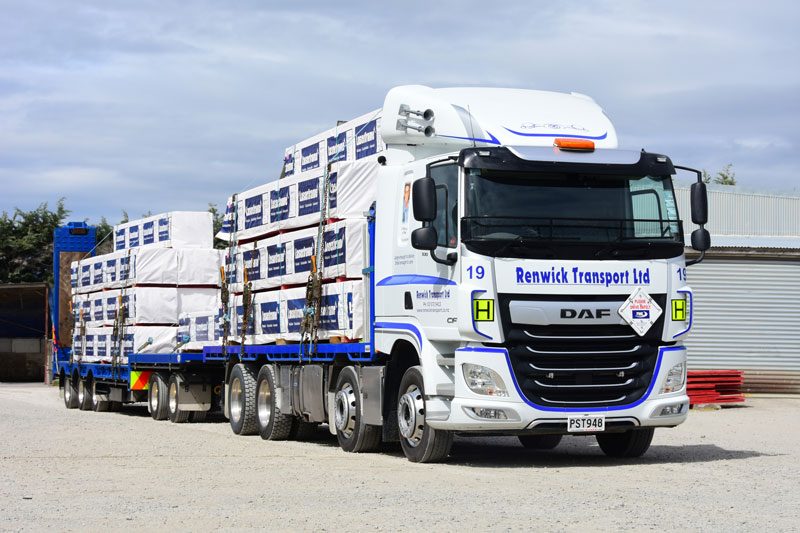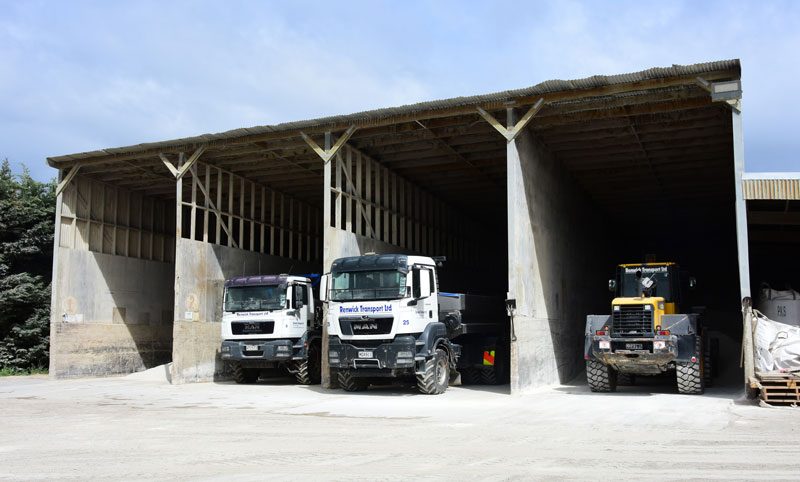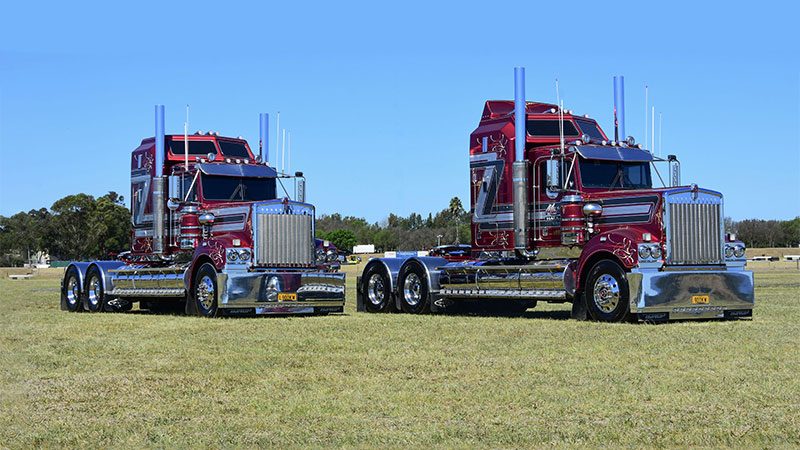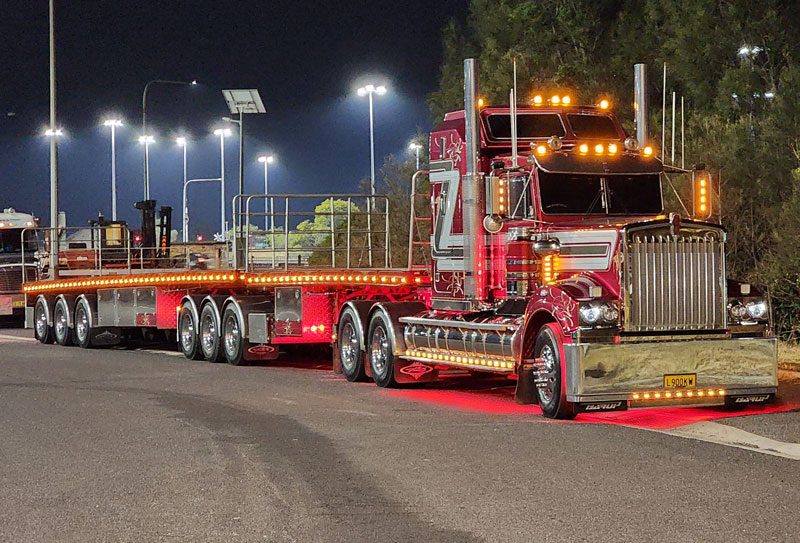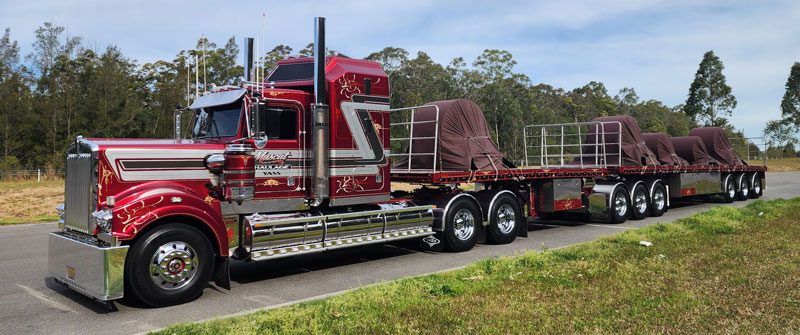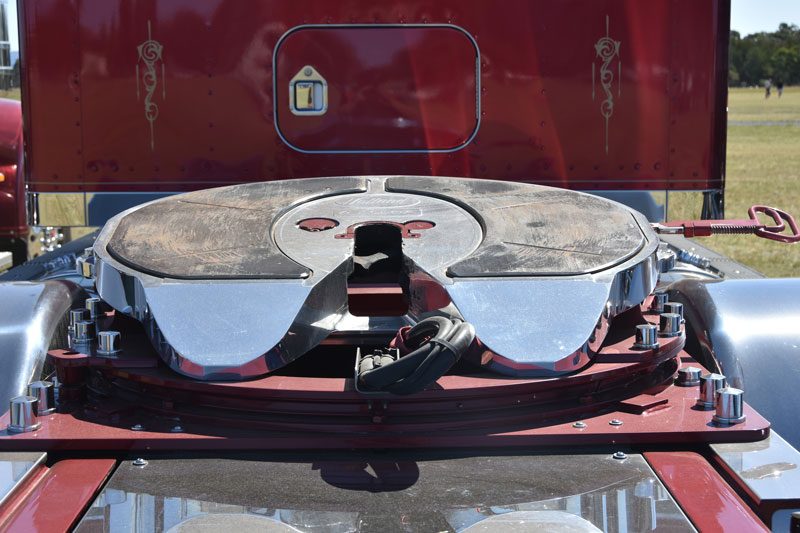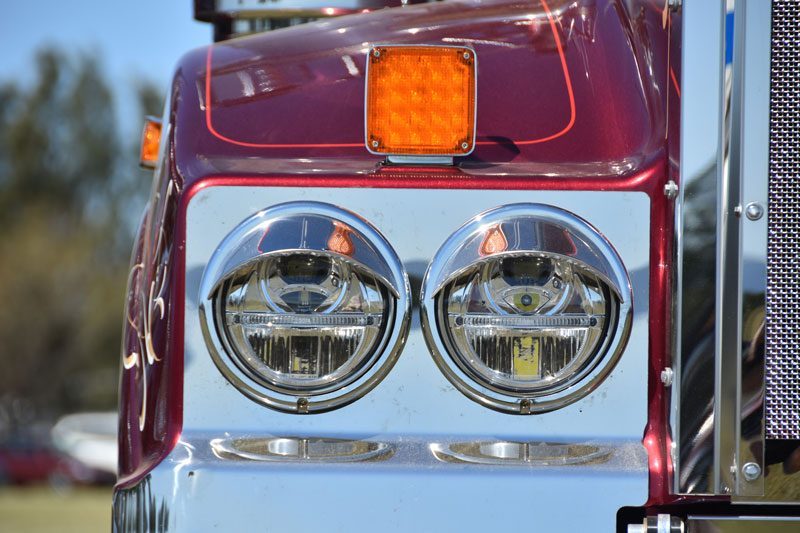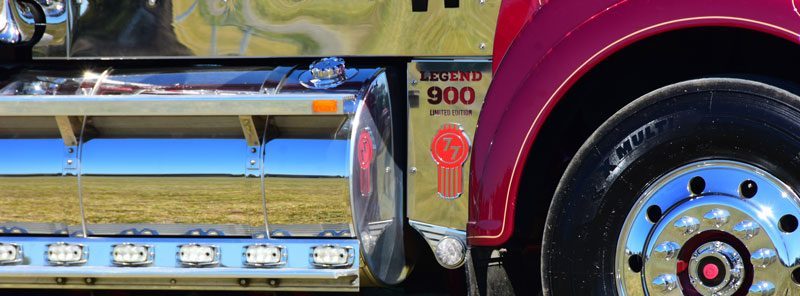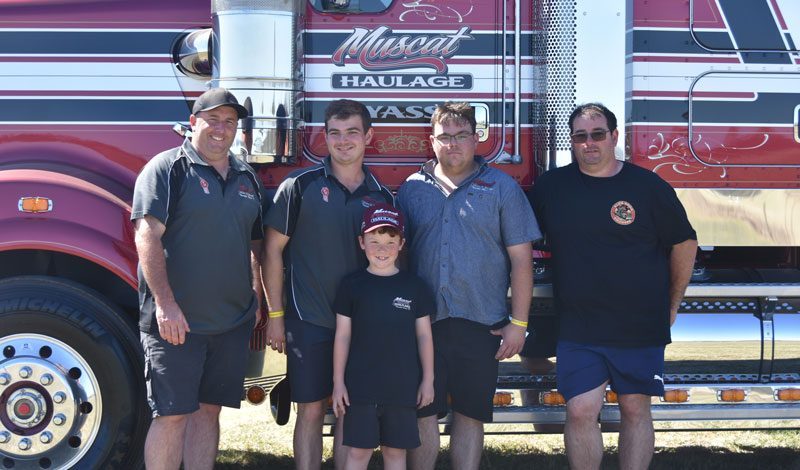Ants on a Log
Ants on a Log are a fun, healthy snack the whole family can enjoy. The traditional way to make Ants on a Log is to fill celery stalks with peanut butter and add raisins. However, there are heaps of different versions you can make, depending on what you have at home and what you like!
Ingredients
- 3 celery sticks
- ¼ cup peanut butter
- About 30 raisins
Method
- Wash the celery sticks and cut each stick in half lengthwise.
- Add peanut butter into the hollow part of each celery stick and spread.
- Push raisins into the peanut butter to represent the ants.
- Alternatives – try cream cheese or yoghurt instead of peanut butter. If you don’t like celery, you can use a sliced banana. And if you don’t have raisins available, try chocolate chips, nuts or other dried fruit.
Ambrosia
This pink delight is a family favourite and takes just 10 minutes to make – but remember to leave a few hours for it to set so the marshmallows are perfectly soft.
Ingredients
- 1 kg strawberry yoghurt
- 500 ml cream
- 1 packet marshmallows
- 1 punnet strawberries
Method
- Slice strawberries and cut marshmallows in half.
- Whip cream until you get soft peaks, then add the yoghurt and mix until it’s well combined.
- Add marshmallows and fruit, and then spoon into either a large glass bowl or individual serving bowls or glasses.
- Leave in fridge to set for a minimum of four to five hours (best overnight). Serve and enjoy.
Apple donuts
The donut dough takes about two minutes to mix together and then the dough is ready to be cooked. These donuts are best fried. When fried, the donuts come out very light and fluffy. If you do not wish to fry the donuts, the next best method is cooking them in the air fryer. If you don’t own an air fryer, you can try baking them. Make sure you get an adult to help you with the cooking. Makes approximately 16 donuts.
Ingredients
- 1 ¼ cup self-raising flour
- ⅔ cup applesauce
- Canola or vegetable oil for frying
- If you want to enhance the apple flavour, you can add some chopped apple pieces into the batter.
Method
- Combine flour and applesauce into a large bowl. Mix with a spoon until applesauce is completely incorporated into the flour and forms a sticky dough.
- Add a couple of centimetres worth of oil to a medium saucepan. Bring to medium heat.
- Scoop about half a tablespoon of dough and form into a ball before dropping into the hot oil.
- Fry the donuts until the bottoms are golden brown, then flip them and fry a few more minutes until the other side is also golden brown.
- Remove donuts from oil and place onto a plate lined with a paper towel to soak up excess oil and cool.
- If using an air fryer, cook the donuts for about six minutes or until cooked through.
- When donuts are cooled, coat them with your favourite topping, such as two tablespoons of sugar and half a teaspoon of cinnamon.
The big road trip Part 2
We’ve got part two of Demi’s big road trip with her granddad, Ken, who likes to take the kids out in his truck in Australia.
We left off in part one (Summer 2023) with Demi listening to her granddad on the radio, carefully coordinating with some other big trucks that needed to overtake them as they made their way from Perth.
 We go on up the road for about another hour before Granddad pulls into a truck bay.
We go on up the road for about another hour before Granddad pulls into a truck bay.
“What are we stopping for?” I ask.
“Time to check the load and tyres,” Granddad said.
He lifts me down off the fuel tank under the passenger side door and we walk around the truck. He has an iron bar in his hand that he bangs the tyres with. He explained to me once that he knows whether a tyre has the right pressure in it by the sound they make when he hits them with his iron bar. As well as hitting the tyres he checks all the chains and straps holding the load on. He only had to retighten one chain. The rest of the load was fine, he said.
“Right, let’s get going shall we, otherwise that front-end loader is going to pass us if we stay here any longer.”
We get going again and drive for another two hours until we get to Wubin where we pull into the road train assembly area.
“If you want to go to the loo sweetheart, you had better go here because otherwise it’s going to be behind a bush until we get to Paynes Find, which is two and a half hours away.”
“OK, thanks Granddad, I will.”
The toilet and shower block at Wubin is a unisex shower and toilet setup that Dad says is one of the better set of facilities up the Great Northern Highway, which he says is very poorly served for the number of trucks that are running up and down the highway these days.
After a half-hour break at Wubin, we get going again and as we are pulling out the big loader that we passed pulled in for a break. Granddad says that the law requires all drivers to have a half-hour break every five hours. We had been going about half an hour when I started to yawn.
“Bunk time for you, wee girl,” Granddad said. So, I undid my seat belt and climbed over the fridge and into the bunk.
“Pull those curtains across dear. They will block the light and a lot of the noise out so you might sleep better,” Granddad said.
It was three hours later that I woke up as we were approaching Mt Magnet, which is a small mining town about 550 kilometres north of Perth.
“Have a good sleep?”
“Yes, thanks Granddad, I didn’t realise how tired I was, but I went out like a light.”
“Yes, I noticed and that is good because it can be a long day in the truck when you are just sitting there with nothing to do. Do you want to get my iPad out and read or play a game on it?”
“No thanks Granddad, I’m a bit like you, I enjoy the quiet and there’s always the two-way going off about something or other.”
“Very true dear. Do you want to dive into the fridge and grab me an apple please. Get whatever you want as well, you must be getting hungry by now.”
We get through Mt Magnet and are about halfway to a little town called Cue when a southbound pilot calls.
“Two at eight metres MTA. There’s a floodway around the next bend that you will get to before they get there.”
“Thanks pilot, I’ll get tucked in, I’m 3.4m.”
“Thanks MTA.”
We get around the next bend and half a kilometre up the road is a floodway where the road gets wider and that is where Granddad pulls into, getting as far off the road as he can when the second pilot for the eight-metre loads comes around the corner followed by the traffic warden, and then about a minute later two eight-metre-wide haul pack truck chassis came around the bend. When the eight-metre loads go past there is not a lot of room on the road for anyone else.
As the rear pilot goes past, she calls up.
“Thanks MTA, have a good day.”
“You too pilot,” Granddad says as he pulls back out onto the roadway.
Thirty minutes later we pull into the roadhouse parking bay at a little town called Cue.
“Shower and food time dear, and then we will keep going until sunset, which will put us just north of Meekatharra,” Granddad says.
We have a shower and Granddad gets us each a hamburger; they are huge but very nice, and I am not hungry by the time I am finished. Granddad told me about the burgers you can get here. He says it is the only place up this road that he buys food from.
By the time we have showered and eaten we have had the 30-minute break that Granddad said he had to have, and we get going again and get to where Granddad said we would just as the sun was going down, which is a big gravel pit 10 kilometres north of the mining town of Meekatharra.
We get pulled in and Granddad gets us as far away from the road as he can so that we get as little of the road noise as possible when trucks are going past, so hopefully I can sleep better.
Granddad sleeps with earplugs in at night so the noise doesn’t worry him, but I don’t like them in my ears. I suppose you get used to them if you have to.
After checking the truck and the loads, Granddad pushes the fridge under the bunk and draws the curtains around the cab so it is nice and private, then he pulls out his folder and gets all his paperwork up to date. After reading for a little while we get my bag off the bunk and get my pillow off the top of the microwave. Granddad gets out of the truck to give me some privacy, telling me to get dressed for bed. In the truck I am just sleeping in shorts and a tee shirt, and he just sleeps in shorts. I get into the bunk with my head underneath the microwave shelf. Granddad sleeps with his head up at the other end of the bunk. He said he sleeps that way because it is the quieter end of the bunk if he has the Icepack going. The Icepack is a little air conditioning unit that keeps the truck cab and sleeper cool at night in the hot weather, but it isn’t very hot tonight so Granddad said we would just sleep with the vents open and enjoy the fresh air.
It’s 5:30 the next morning and Granddad’s alarm is going. He gets up and puts his shirt on. “I’m going to check everything sweetheart, so get dressed and we will get going as soon as the sun pokes its nose over the horizon.” Ten minutes later he’s back, starting the truck and folding the curtains away.
“Did you sleep well?” he asks.
“Yes, thanks Granddad. I only woke up a couple of times when other trucks went past and once when you stuck your foot in my face, but otherwise I slept well!”
We got going as the sun was just coming over the horizon. It took us three hours to get to a roadhouse at a place called Kumarina, which is 170 kilometres south of Mt Newman and is where we are going to. We stop at the roadhouse, and I use the loo while Granddad checks the load and tyres and then we get going again. A bit over two hours later Granddad is on the phone talking to the manager in Newman and he said we have a quick turnaround. There are two trailers at the hook-up, which is the road train assembly area. All we have to do is unhook the two trailers that we have brought up and put a dolly under one of the ones we are taking home. The lead trailer then gets backed onto the dolly that we put under the front of the other one, which becomes the dog trailer.
“What’s on the trailers we are taking home, Granddad?” I ask.
“Just a couple of 2.7m wide huts Demi, nice easy freight and they are only 2.7m so we can run in the dark with those. We will be back in Perth by mid- afternoon tomorrow.”
By the time we had dropped the two trailers that we brought, fuelled up, gone around to the Newman yard for a shower, hooked up to our southbound trailers and put the flags and banners on again it was half past four in the afternoon.
“That’s pretty good, dear. We will get to Meekatharra again tonight, which will get us in to Perth about three tomorrow afternoon and home for tea.”
“Why are we allowed to travel in the dark with this oversized load Granddad, when we weren’t allowed to coming up?” I ask.
“That’s because the load coming up was 3.4m wide and the one going home is 2.7m. Up to 2.7m you can run in the dark, but anything wider than that must be daylight hours only.”
We get going and stop at Kumarina, where Granddad gets me a small bag of hot chips. He didn’t want any. It is almost boring what he eats when he is out on the road. Almost no fried food at all and no lollies or biscuits; he eats a lot of fruit and nuts as well as raw vegetables, but as he says, he is in pretty good shape.
It’s just on 9:30pm when we get to the gravel pit at Meekatharra at the end of a 15-hour day. I am very tired, but Granddad seems fine. As he said, “I am used to it dear, you aren’t”.
Granddad gets the truck parked, pushes the fridge under the bunk and draws the curtains and goes for a walk around the truck while I get into my shorts and tee shirt for bed. I lay down on the bunk and that is the last thing I remember until I woke up the next morning.
Little and large mates for life
Welcome to a new section in Little Trucker Down Under – Dave’s Diary.
I’m Dave McCoid, and I work at New Zealand Trucking Media with your wonderful editor Shannon Williams. I’ve been around trucks most of my life and she has asked me to write a small piece on pretty much anything I like to do with trucking. It might be a fun fact, a cool truck I’ve seen… anything. Let’s start with comparing the size of our countries so we all know what we are dealing with when we talk trucking.
Australia and New Zealand – mates for life. We teach the world how to get on with your neighbour.
One of our biggest differences though is our size. Australia is really big, and New Zealand moderately small. Australia is 7,692,024 square corners, and towns along the way!
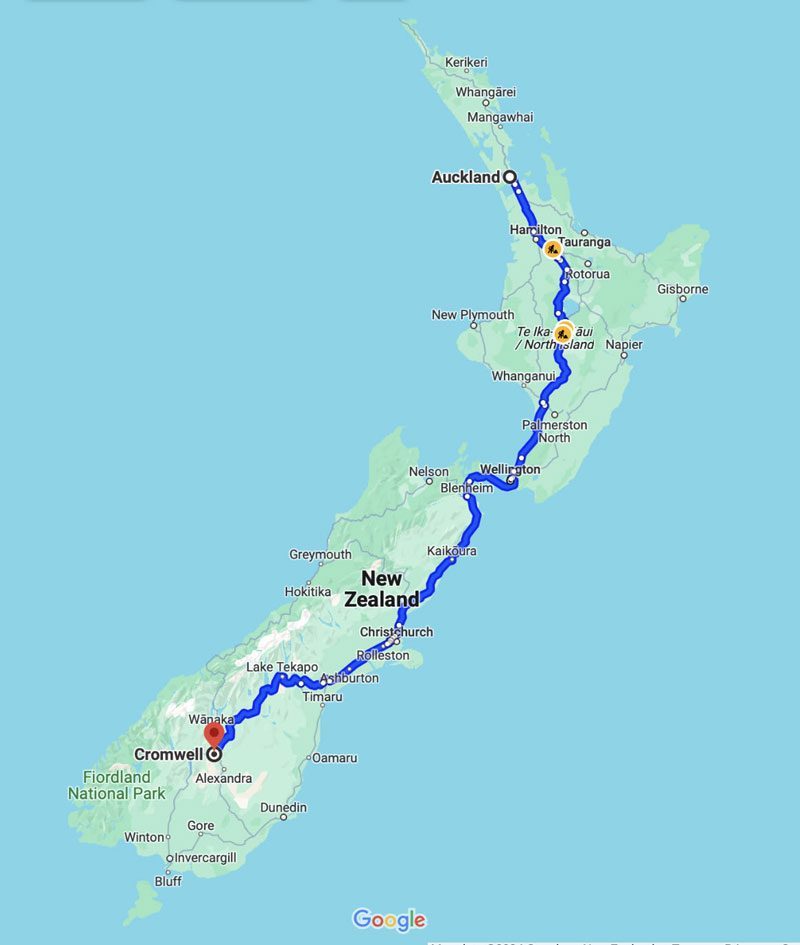
Here’s another interesting fact. Even though Australia has 27,010,500 people and we only have 5,200,000 people, if we spread everyone in both countries evenly across the land, there would only be 3.5 people standing in each square kilometre of Australia, and 5.3 on each square kilometre of New Zealand. That is not how it works out in real life of course. Because of the vast desert regions in the middle of Australia, most people live closer to the coast, but it does give you another example of just how huge Australia is. It is gigantic!
Now, what shall I talk about next time?
Feed the people
It was an early start for me these summer holidays as I headed out one morning on a trucking adventure to find out about the essential job of delivering groceries.
 It was well before dawn recently when my alarm went off to wake me up for my next transport adventure. On a trip to the North Island during the summer holidays, John Baillie, an owner-operator for Foodstuffs North Island Limited, invited me to experience a day in his life behind the wheel.
It was well before dawn recently when my alarm went off to wake me up for my next transport adventure. On a trip to the North Island during the summer holidays, John Baillie, an owner-operator for Foodstuffs North Island Limited, invited me to experience a day in his life behind the wheel.
John operates a Volvo FM 460 tractor unit and it tows a 14.1-metre Fairfax refrigerated trailer fitted with a Thermo King refrigerator unit. The trailer can hold 24 standard pallets on the deck, and in some circumstances, the pallets can be doubled up (stacked on top of each other), which allows more to fit. A rear steering axle is fitted to the trailer that helps it manoeuvre through the tight turns often encountered in supermarket car parks.
John is responsible for delivering chilled and frozen food to supermarkets in the Waikato region. We arrived at the Foodstuffs distribution centre in Manukau City at 2am. This is where the truck is based, and where we would be loading our first batch of chilled and frozen food products for the day.
Upon entering the loadout area at the distribution centre the lower temperature inside was very noticeable, with it being consistently kept at +2 degrees Celsius; this is how frozen and refrigerated products are kept fresh before they arrive at supermarkets.
The first part of the load consisted of frozen dairy products and seafood items such as prawns, along with chilled products that needed to be refrigerated such as milk, sour cream and custard.
John scanned each pallet to ensure they were destined for the right place, before using an electric pallet trolley to load these goods onto the trailer, which made the loading process quick.
We collected our paperwork from the office and left the chilly building before climbing into the nice warm cab of the Volvo, to first complete the quintessential truck driver task of completing the paperwork.
Leaving Manukau, we headed for a second Foodstuffs distribution centre in Māngere. This time we were set to pick up fresh fruit and vegetables.
While we drove, John updated me on where we would be delivering the groceries to today: New World supermarkets in both Matamata and Cambridge.
As John loaded the fruit, he made sure to arrange the food products in the order of what would be removed first, while also factoring in the frozen aspect.
Working at lightning speed, John made the puzzle of arranging the load in the correct order easy.
On the way to Matamata, John told me about why the grocery runs are completed so early in the morning; it’s mainly due to the traffic that ensues throughout the North Island motorways each day and slows everything down, but it is also about getting the groceries into the supermarkets ready for the shops to open.
When we arrived at the Matamata New World, John cracked open the front doors of the trailer body to get into the front frozen section. Crisp air that had been keeping the frozen section of the trailer at -20 degrees Celsius blew out of the trailer.
The pallets of food were unloaded via forklift and then placed inside the warehouse area of the supermarket. After finishing unloading at Matamata we were back on the road, destined for our last delivery at New World in Cambridge. When we arrived, the same unloading process of last time began, but this time I jumped up in the trailer body with John and helped him move the pallets forward by using the pallet trolley, (this was harder than it looked and I gained a new understanding of the skills required for delivery people everywhere).
I enjoyed my time with John and appreciate even further how vital these refrigerated units are to our city and town infrastructure, and that they are essential to feeding our nation. Next time you go to the supermarket, spare a thought for the men and women working around the clock to keep the food on the shelves that feeds you.
Riding shotgun with Lucy
Rochelle spends the day with a stock truck driver
At 8am I arrive at the Martinborough Transport yard in Masterton, where I meet 26-year-old Lucy McLennan. Lucy drives the brand-new 2023 Scania R520 XT manual truck and trailer unit. This truck has only been on the road a month and done 9000km.
Lucy’s dad is a truck driver, so she grew up around the industry, but it wasn’t until just two years ago that Lucy decided to go for her Class 2 licence. The instructor referred her to Jared Hawkins and that was the start of her driving career at Martinborough Transport. Before driving trucks, Lucy was a photographer and still enjoys taking photos, but absolutely loves driving. She loves going to the farms, meeting people, building relationships and the challenges of going to remote places around the rural community.
The first place we head to is Bowlands Farm Block #1 out towards Bideford, and along the way Lucy tells me this load of 400 ewes and 200 lambs is the biggest load of sheep she has transported so far. Lucy also explains that she needs to put the heavier stock on the bottom levels of the trailers so it’s not top-heavy and topples over. The rear trailer also needs to be heavier for good traction, so it doesn’t skid or slide.
We arrive at Bowlands around 9am and Lucy backs the unit up to the yards and ramp. The farmer helps guide her in the right direction as it is very important that the trailers are lined up straight, so the lambs don’t fall between the truck and trailer whilst loading and so stock don’t get stuck and hurt themselves.
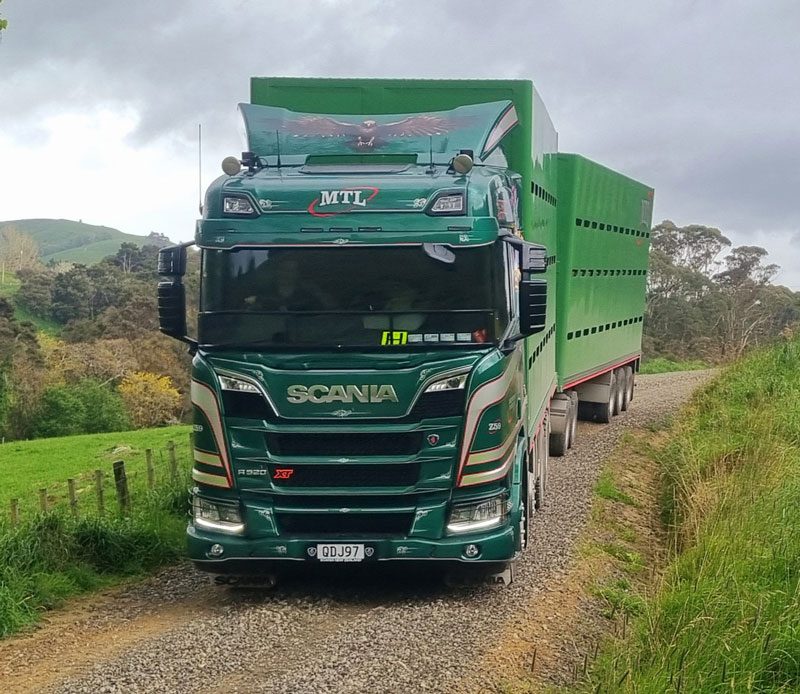
The trailers have four levels! And each level has little pens so the sheep can be separated so they are not overcrowded and crammed together too tightly. It was so interesting watching Lucy count the ewes and lambs, put gates up, fold floors down and see how so many animals fit onto the truck. It’s very much like a jigsaw puzzle! Each pen holds approximately 8-9 ewes or 18-20 little lambs.
These sheep are just heading up the road on the same farm; the farmer has chosen to transport them via truck and trailer rather than walk them as it’s too far for them to walk. We arrive at Griffin (Pink Crown) Block #2 at 10.45am and Lucy backs up to the yards. The farmer meets us there and we let the ewes and lambs off.
It’s now 11.15am and we head to Martinborough with two stops along the way. First, we went to Baird & Hendersons farm, Gladstone. Here we load 219 sheep. The farmer tells me he is selling them now while the price is good as they were last year’s lambs. If he waits much longer the teeth will come through and then they are classed as mutton and the price drops by half per kilo. When we leave this farm, we drive past Lucy’s cousins’ house. Lucy says a big shout out to Jack, Troy and Graeson McGregor.
Next stop is Hinakura, it’s raining when we arrive to pick up 40 ewes then we head to the Martinborough Transport’s main yard. We arrive at 1.30pm and here in the yards are about 190 sheep that have been collected from various farms around the area in small lots ready to be transported together in the big truck. Jared and his dog Charlie help load these sheep, which are going to AFCO Freezing Works in Whanganui to be processed and then exported overseas as meat to eat. Once loaded we head back to Masterton making one more stop along the way at the old sale yards to pick up 25 more sheep, which then completes Lucy’s load and fills the unit. We get back to the Masterton Martinborough Transport Ltd yard around 4pm and this is where I jump out and head home. Lucy’s day is not over though. She continues trucking up to Whanganui where she will unload and stay the night before reloading and return home tomorrow. It has been an awesome day, thank you for letting me tag along Lucy, I learnt lots!
Special visit at Stuart Drummond Transport
Earlier this year, some very lucky kids got the opportunity to visit a real-life transport yard!
The Ngāti Kuia iwi playgroup, Pua, were extremely fortunate to go see the waka (vehicles) at Stuart Drummond Transport on Waitangi Day this year, while the yard wasn’t in operation.
It was the first session back for the new term so the tamariki (children) and whānau were so excited.
The group had the opportunity to walk around the yard, look inside a few of the trucks, and jump into the driver’s seat of the loader onsite. A highlight was watching Grant, father to one of the tamariki and an employee of the company, demonstrate using the loader, putting up a trailer onto a truck.
Ngā mihi nunui ki a koutou o Stuart Drummond Transport!
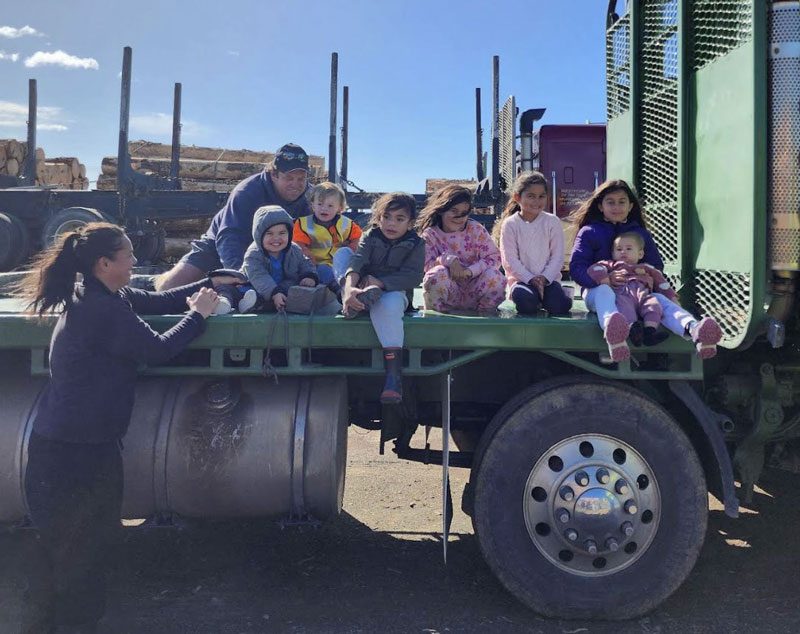
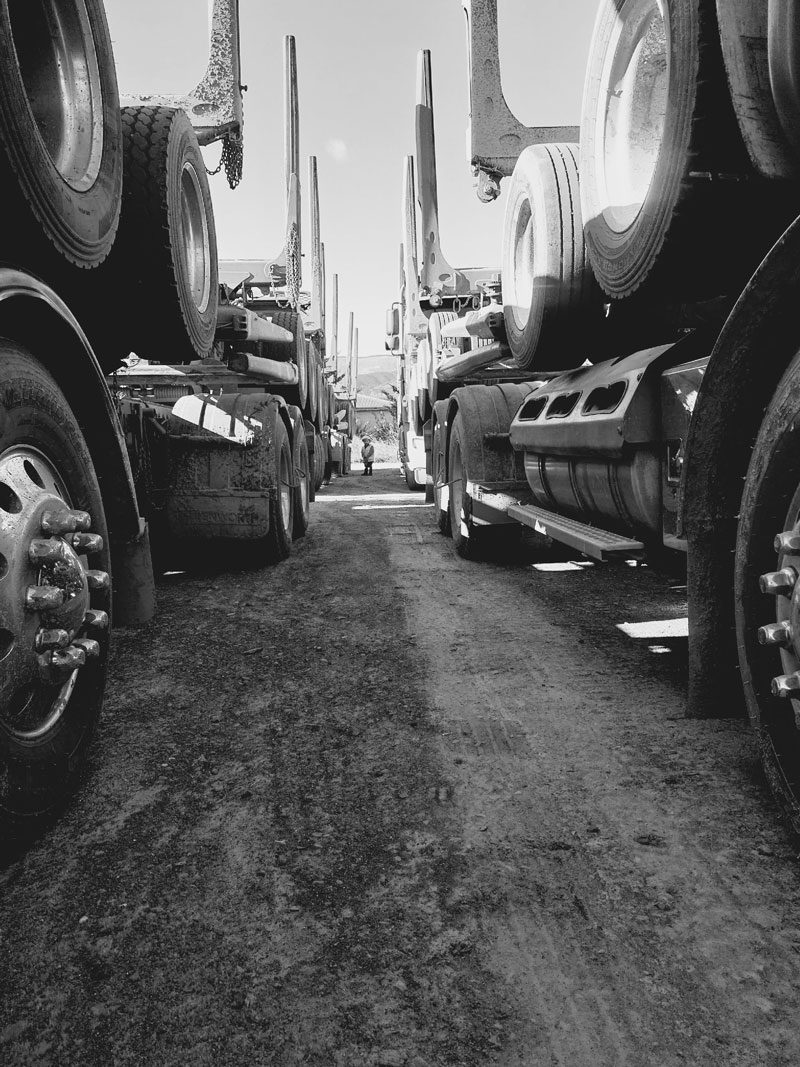
Renwick Transport
Renwick is a small town, 12km west of Blenheim, at the top of the South Island. Surrounded by an abundance of vineyards, it is the home to the white and blue trucks of Renwick Transport. Milly McCauley travelled to meet up with Jen Hall and Jax Smith, the owners of Renwick Transport, to hear all about the company.
Who owns Renwick Transport?
Jen: Renwick Transport is owned by myself, Jen, and my sister, Jax.
How long has Renwick Transport been in business?
Renwick has just passed 30 years in business; we have our 30th anniversary function coming up in November, which we are both very excited about.
Where do you have trucks based?
The trucks are predominantly based here at Renwick, however, we also have a depot in Christchurch.
How many trucks does Renwick Transport operate?
Renwick Transport operates 25 trucks, including little fertiliser spreaders and delivery trucks.

What makes of trucks do you have?
Our bulk and fertiliser spreading trucks include Isuzu, Hino, Mack, and MAN while our general freight fleet has a Volvo, Nissan Diesel and several DAFs.
How many people do Renwick Transport employ?
Renwick Transport employs 20 people.
What type of loads do you cart?
A large range of freight including timber, machinery, bricks, steel, concrete, hay and fertiliser are carried. The wine industry provides a large amount of our work; we cart harvested grapes to wineries, and grape marc (the skin and seeds of grapes left over after the juice is pressed out) out of the wineries. Wine bottles are transported to the wineries for filling, full wine bottles and containers of bulk wine are also common loads. Cartage of lime and fertiliser and spreading it on farms is also an important part of what we do.
Where are the main areas you operate in?
We service the upper half of the South Island, Marlborough, Nelson and Canterbury.
What are your titles and what are your responsibilities?
Jax: Jen and I are both managing directors and we are both actively involved in the day-to-day operations. Jen would drive trucks more than I do and I spend more time in the office, but we both do whatever needs to be done. Jen is involved in the New Zealand Groundspread Association, Nelson/Marlborough branch and on my side I’m a diversity champion for Transporting New Zealand, so we both have extra activities we like to be involved in.

A line-up of DAF CFs
Did you always think you would work in transport?
Jax: Neither of us did! We grew up living on a farm and then went on to our own things. I trained as a pharmacy technician, however our dad asked us to become involved with the business, so of course, I said yes, and I have been here for almost 19 years now.
Jen: I worked in hospitality and banking, as well as working overseas for a while. Then I also got the shoulder tap and have been working at Renwick Transport for 15 years now.
What’s your favourite thing about working in the industry?
Jax: We would have to say the people in the industry and the culture around transport. Even though Jen and I are the owners of Renwick Transport, we see ourselves as on the same level as all our employees, and they are an extension of our family.
What things would you like to see change for the transport industry over time?
Jax: We would love to see more women in the transport industry, as well as more young people, which is a big reason why I’m involved with the Transporting New Zealand Diversity programme to showcase how diverse the transport industry really is.
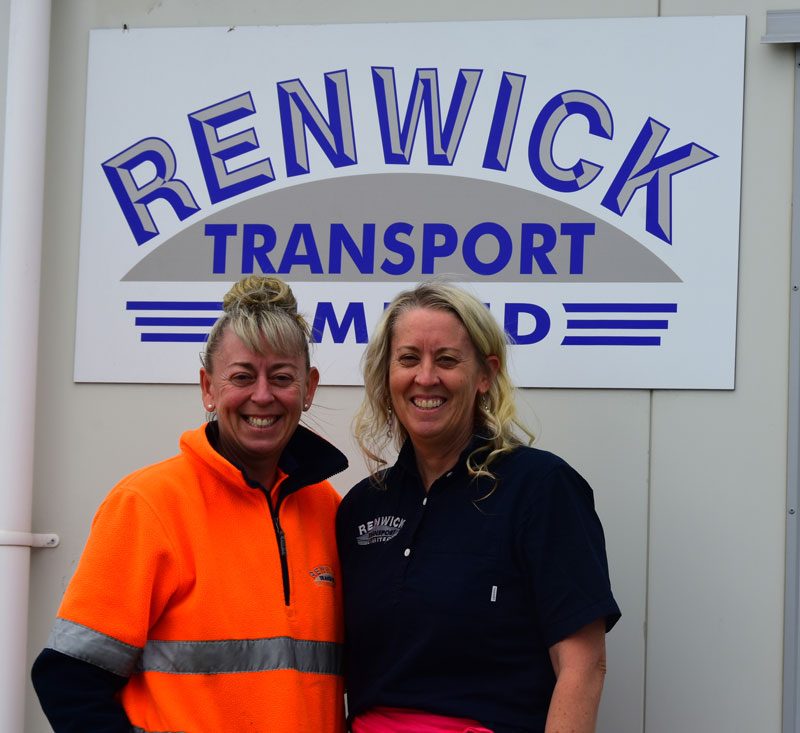
Do you have a favourite truck in your fleet?
Jen: While Jax doesn’t have a favourite, I love Macks, so our Mack Granite would have to be my favourite.
What would be some advice you would give to any young people who want to start a career in transport?
We encourage people to come along and go out in a truck for a day and see what it is all about. To experience what it is like inside the cab, the transport industry embraces diversity and encourages people to join in and it is filled with like-minded supportive people.
Can you tell me a fun or interesting fact about Renwick Transport?
Mum and Dad sold our brand-new family car, a Toyota Corolla, to buy the first truck in the Renwick Transport fleet. We remember how if Dad ever wanted to buy a new truck, he would write out a cheque from the back page of the chequebook so Mum couldn’t find out he bought it. However, as a month went by, he was able to justify the purchase…He never lived that down!
Muscat Haulage
After discovering a pair of Kenworth T900 scale models in the livery of Muscat Haulage, Little Trucker Down Under’s Milly McCauley was keen to find out more about the company that owns the real trucks. She reached out to Andrew Muscat in Australia who was more than happy to tell her about the company.
Who owns Muscat Haulage?
Tony and Beth Muscat, my parents, began Muscat Haulage in 1977, before my two brothers Chris, Michael and I, joined them 20 years ago in 2003. The family has been running the business side-by-side ever since.
Where do you have trucks based?
The company is based out of Yass, New South Wales.
How many trucks does Muscat Haulage operate?
Muscat Haulage operates 11 trucks and has a further two Kenworth SAR Legends ordered for 2024.
Some of the trucks in your fleet are red and some are white, could you explain the story behind that?
My mother and father’s original company colours were white and maroon, so the design pays respect to where Mum and Dad started the business.

What makes of trucks do you have and how many of each?
Muscat Haulage has an all-Kenworth fleet, with three T909s, one T904, two T900 Legends, a T659, a T610, a SAR Legend, a T359 and one K200.
How many people do Muscat Haulage employ?
Muscat Haulage employs 17 people.
What type of loads do you cart?
Predominantly building materials, steel and timber, however we cart anything that can go on a flat top, from fresh produce to army equipment.
Where are the main areas you operate in around Australia?
Mostly the east coast of Australia – Brisbane, Sydney and Melbourne.
What is your title at Muscat Haulage and what are your responsibilities?
I am a director of the company, but I also drive full time. However, both Chris and I also allocate and help out in the workshop if needed.
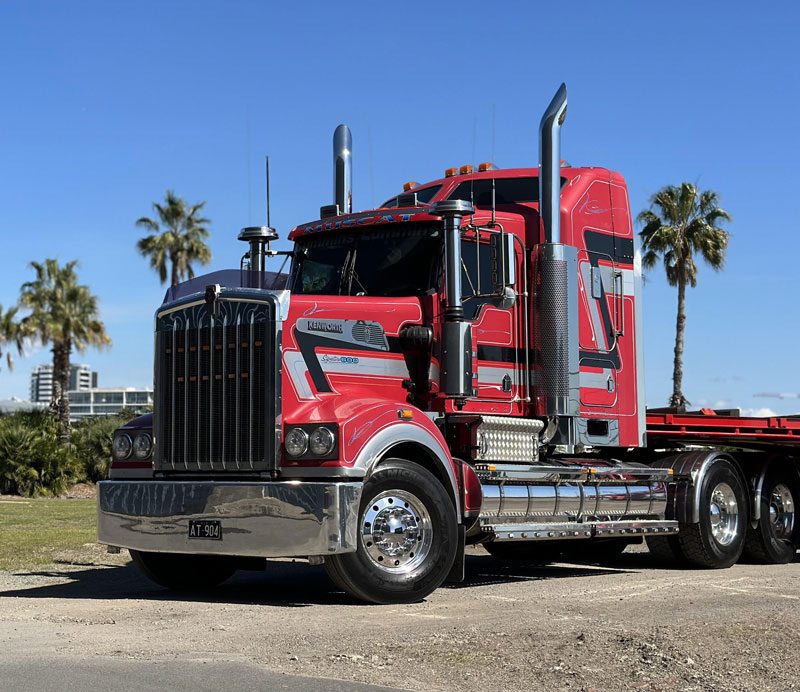
Did you always think you would work in transport?
As a kid, I was truck-mad. Where I grew up, our house overlooked the highway, where I could watch trucks drive past all day, so I always knew I would end up working with trucks.
How long have you been involved with the business?
My full-time employment with Muscat Haulage began in August 2004, so 19 years.
What’s your favourite thing about working in the industry?
I enjoy the sense of freedom, as you can plan and complete your day as you see fit, as well as the mates you make through working in the industry.
What things would you like to see change for the transport industry over time?
I would like to see logbook regulations change, with break times being determined by the driver, rather than when the book tells us we have to.
Do you have a favourite truck in your fleet?
The T900 Legends, however the T904 was the truck I learnt to drive in, so it’s got a very special place in my heart.
What would be some advice you would give to any young people who want to start a career in transport?
Don’t be afraid to ask questions and take all information on board. People are always willing to teach you if you are willing to learn.
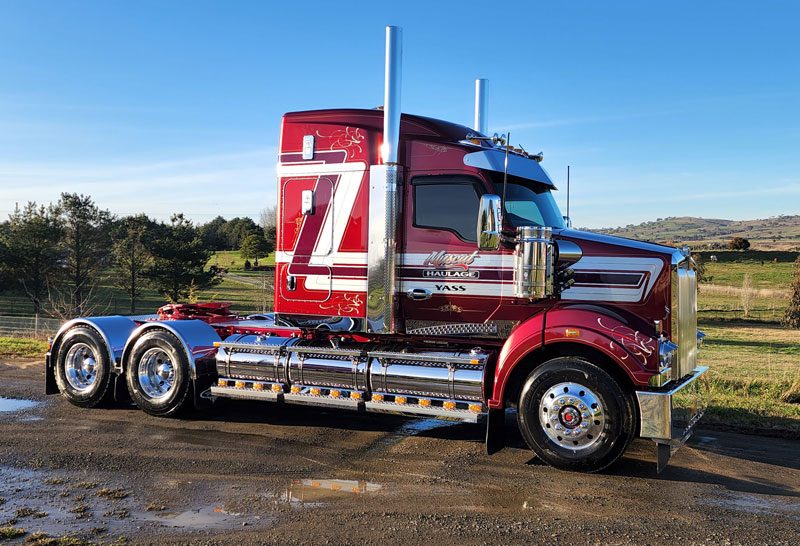
Can you tell me a fun or interesting fact about Muscat Haulage?
There are currently three generations working at Muscat Haulage – my father Tony, my brothers Chris, Michael and myself, as well as two of Chris’s sons, Blake and Ethan, who are currently driving for Muscats, which is super cool, as it truly is a family business.
The T900 Legend Kenworths in your fleet are named “Home Run” and “Loaded Bases”. Could you explain the story behind those names?
The names are a tribute to my wife, who loves baseball, however, they are also a nod to Chris’s and my personality traits. I drive Loaded Bases, which is in recognition to me being detail-oriented and how I often “stress the small things”, whereas my brother Chris drives Home Run, which acknowledges how he is happy to experience the journey of going to pick up a load – once he is loaded, Chris is all about the “Home Run”.

A line-up after the Kenworth Klassic show recently

